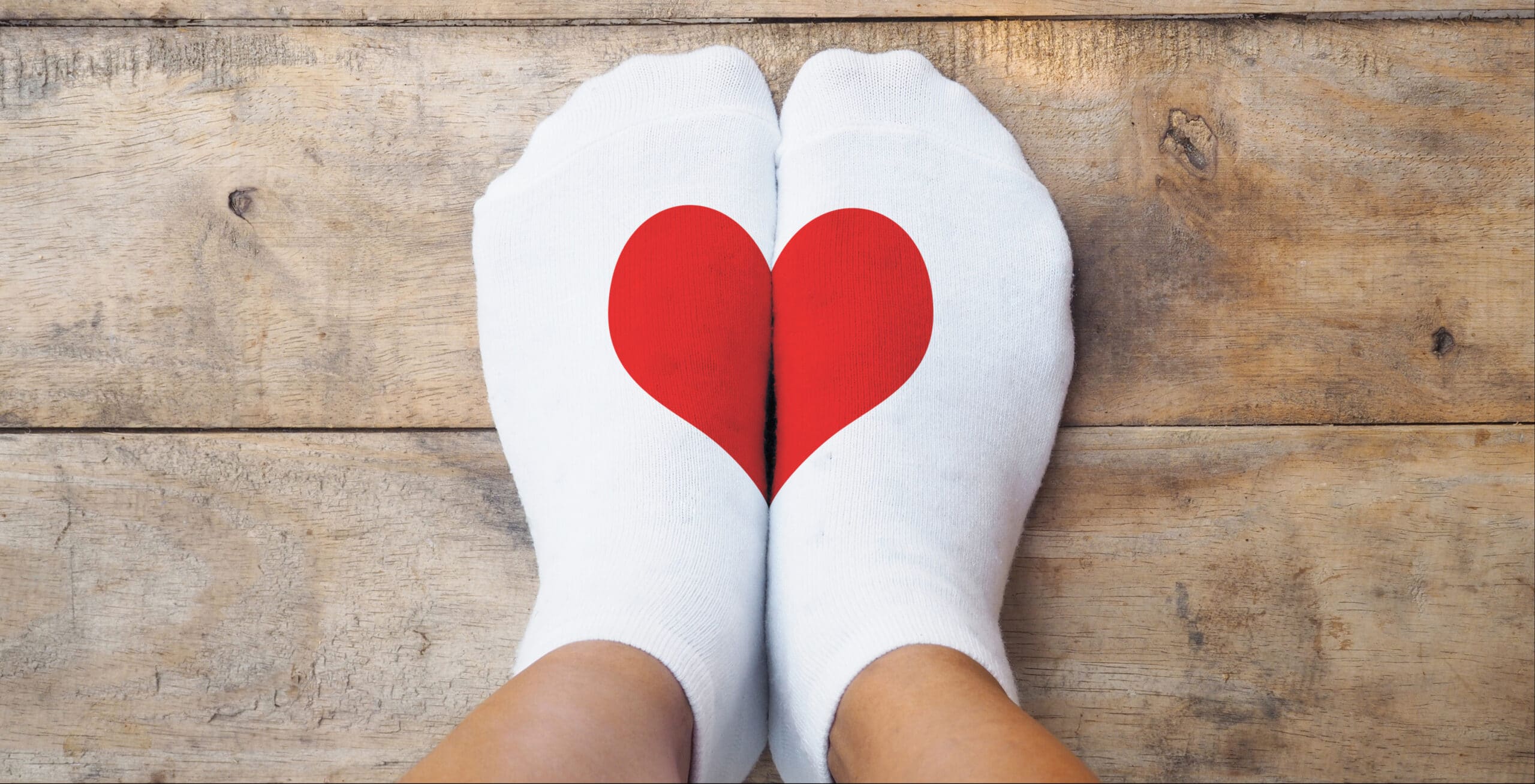 Live Consciously
Live Consciously  Nurture Yourself
Nurture Yourself
5 Expert Tips to Manage Uncertainty During a Seriously Difficult Time
Home » Nurture Yourself » 5 Expert Tips to Manage Uncertainty During a Seriously Difficult Time
Remember when you used to have some idea of what your next few months would look like? Maybe you had a daily workout-work-home schedule that varied a little day-to-day but was mostly pretty consistent? Maybe you were looking forward to big things you had planned months or years in the future (vacations! weddings!) and also had financial and career goals that you felt like you could accurately chart over the next five years?
And now, since the COVID-19 pandemic started, it’s become clear that the only thing any of us can be certain of is that we’re all going to be living with a lot of uncertainty for quite a while.
We don’t know when cases will start to really decline, and when it seems like things are getting better, they get worse. We don’t know when a vaccine will be ready. Many people have been laid off and don’t know when—or even if—they’ll get their jobs back. Parents don’t know if their kids will be going back to school. Even the disease itself is unpredictable, which can make the fear of it even worse.
And studies show that while more research is needed, the stress of uncertainty is associated with negative mental health outcomes.
The good news is: While the amount of uncertainty we all have to deal with at the same time is new, the problem itself is embedded in the human condition. (Let’s be honest: We can’t ever really predict what’s going to happen minute to minute.)
So, many psychologists and meditation and mindfulness experts have been thinking about the question of how to manage it for a very long time. To help you muddle through this stressful time, we pulled together some of their best advice on living with and managing uncertainty. And here’s something to look forward to: many experts believe that learning to do so will help you build resilience for a happier life long-term, no matter what in the world is happening.
5 Mindfulness Tips to Manage Uncertainty
1. “Say hello” to suffering
Both COVID-19 and the movement for racial justice require constant interaction with suffering—whether you’re the one affected or are watching it all play out on CNN. And the uncertainty of when the suffering will ease or end is difficult to handle. Thich Nhat Hanh is one of the most legendary Buddhist monks and global spiritual teachers. In his book, No Mud, No Lotus, he says that while the urge to ignore or distract ourselves from suffering is strong (i.e. swap CNN for Netflix?), doing so will only make it worse. Happiness is not about avoiding suffering, he says, it’s learning “the art of suffering well,” and that means facing it without letting it consume you.
“The first step in the art of transforming suffering is to come home to our suffering and recognize it,” he writes. Mindfulness practices can help you do that. When you’re focused on building awareness of the present moment, you can recognize suffering, “tenderly embrace” it, and then transform it. That could be as simple as stopping to recognize tension or pain in your body, where you’ve been holding onto suffering and uncertainty.
2. Embrace the beauty of imperfection
Wabi-sabi is an ancient Japanese design aesthetic and spiritual philosophy centered around imperfection and impermanence; it embraces characteristics and lessons found in nature, like roughness, simplicity, and the fact that “nothing lasts, nothing is finished, and nothing is perfect.”
In Mike Sturm’s new book, The Wabi-Sabi Way, he presents those principles as an antidote to the anxiety of modern life. “Living wabi-sabi means becoming okay with things. It’s about trusting that however life may unfold, you can live in harmony with it. You don’t have to micromanage it,” he writes. “What’s more, you have the inner and outer resources for the moment at hand.” Finding that sense of “okayness” is about releasing expectations and a desire to control things and focusing on how things are, not how you wish they were. (That sounds almost impossible to do during this time, we know!)
One practice Sturm recommends is called “earthing,” which is basically meditating outside and is perfect for the era of social distancing, as long as you have access to a tiny square of green space. Sit in a place where your bare feet and legs can be in contact with the grass and alternate between focusing on your breathing and the points of contact between your body and the earth. Take the time to recognize sensations like the sun or a breeze on your shoulders and the sounds and smells around you. The idea is to cultivate contentment in the present moment.
In the end, Sturm writes, “We hold tight and yearn for certainty about the future, but the best we can hope for is merely to contribute rather than to control.”
3. Ask yourself: What matters most?
So many aspects of regular life have been disrupted with no return to normalcy in sight. And it can be hard not to feel consumed by the uncertainty of all kinds of things—from the super serious to the mundane. What if you get sick? When will you get to travel again? When will you be able to save money again? How long until you can get back to your favorite workout class?
In 10% Happier, Nightline anchor Dan Harris tells the story of his journey from having an on-air panic attack to discovering meditation as a tool for living just a little bit happier. At the end of the book, he explains how one of his guides suggested he ask himself, in difficult moments “What matters most?” At first he thought it sounded too generic to be useful, but he came to think of it as a helpful gut-check. Use it when caught up in worries about things that maybe don’t deserve the attention your brain decides to give them. “When worrying about the future, I learned to ask myself: What do I really want?” Harris says.
4. Cultivate compassion
When things are really tough and you’re experiencing a lot of fear with regards to the future, Lynn Fraser, a senior teacher in the Himalayan yoga meditation tradition, says you can take that opportunity to be kind to yourself. (You deserve it!)
“The antidote to fear is to practice kindness and compassion for ourselves. We stop shaming ourselves for our natural reactions to danger,” she says. Practicing that kind of kindness can be as simple as pausing and putting a hand on your heart, or you can try her self-love meditation, here.
Buddhist teachers also say that cultivating compassion for others can help you deal with feelings of despair. A simple meditation for this is to acknowledge the anxiety everyone is feeling when you breathe in and to wish everyone peace and well-being when you breathe out.
5. Recognize that you’re building resilience
Sheryl Sandberg wrote Option B, about finding strength in the face of adversity, after the sudden, unexpected death of her husband. In the book, she works with psychologist Adam Grant to get at both scientific and personal insights into how we get through the hardest experiences in our lives. The title “option B” acknowledges that often, we long for something in our life that is no longer available and have to settle for a second choice.
Right now, for example, option A for all of us would be that COVID-19 suddenly stopped spreading entirely. Given the unlikelihood of that happening, though, we’ve got to look to option B, which is to build resilience to get through the pandemic (and whatever comes next).
One helpful insight Sandberg shares is that you don’t need closure to be resilient. So even if you don’t know what will happen next or why things are the way they are, you can build resilience to adversity just like you can build muscle if you lift weights consistently. And the most difficult feelings, in every hard situation, do get easier to manage over time. “Just as grief crashes into us like a wave, it also rolls back like the tide,” Sandberg writes. “We are left not just standing, but in some ways stronger.”
— Written by Lisa Held
The Nutritious Life Editors are a team of healthy lifestyle enthusiasts who not only subscribe to — and live! — the 8 Pillars of a Nutritious Life, but also have access to some of the savviest thought leaders in the health and wellness space — including our founder and resident dietitian, Keri Glassman. From the hottest trends in wellness to the latest medical science, we stay on top of it all in order to deliver the info YOU need to live your most nutritious life.
DISCOVER MORE
RECENT ARTICLES

Want a sneak peek inside the program?
Get FREE access to some of the core training materials that make up our signature program – Become a Nutrition Coach.
Get Access"*" indicates required fields













































































































































































































































































































































































































































































































































































































































































































































































































































































































































































































































































































































































































































































































































































































































